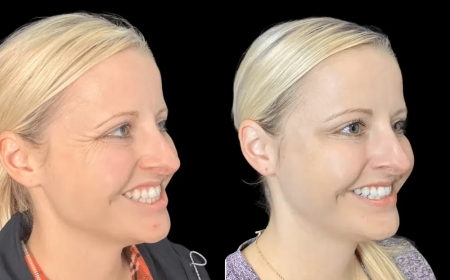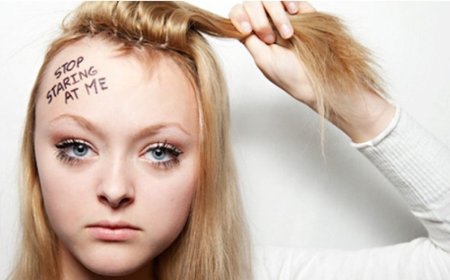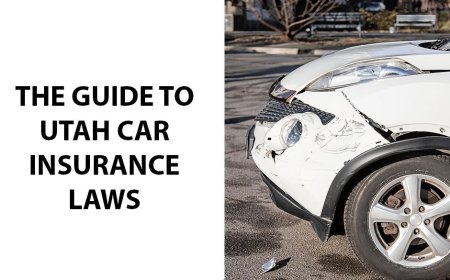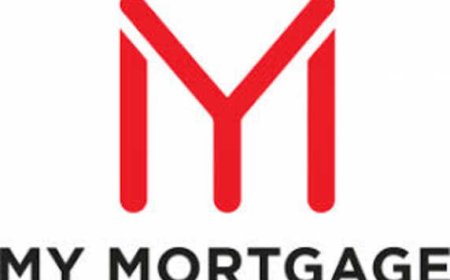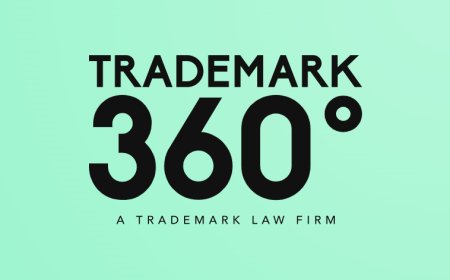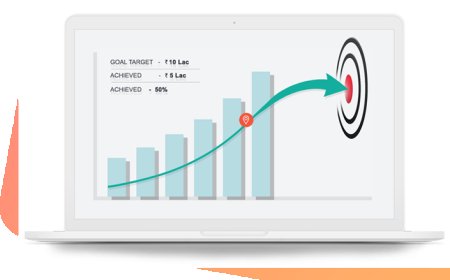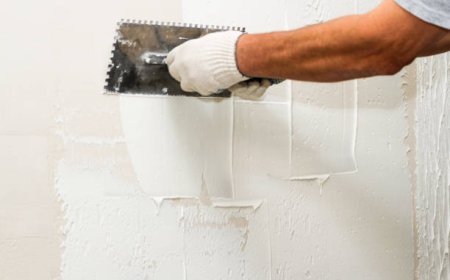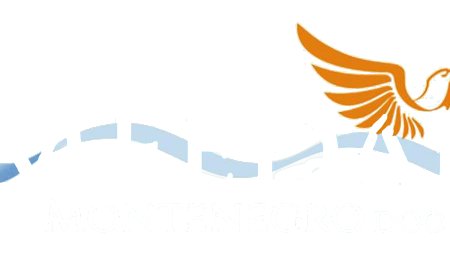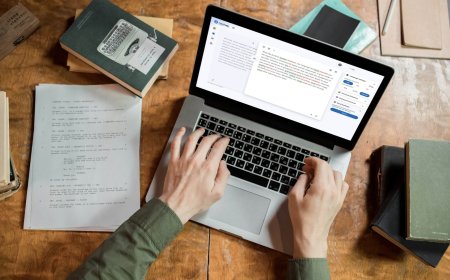Top Mistakes Athletes Make When Applying for a Sports Visa—and How to Avoid Them
Australia’s sporting culture attracts athletes from around the world — whether for competitions, professional contracts, or training opportunities.

Australias sporting culture attracts athletes from around the world whether for competitions, professional contracts, or training opportunities. However, securing a Sports Visa for Australia is not as simple as booking a flight. Many talented athletes face visa refusals or delays due to avoidable mistakes during the application process. If youre an athlete looking to compete or work in Australia, here are the top mistakes athletes make when applying for a sports visa and how to avoid them.
1.Choosing the Wrong Visa Subclass
One of the most common errors is applying for the wrong visa type. Australia offers several visa options for sports-related activities, including:
-
Subclass 408 (Temporary Activity Visa) for short-term sporting events or competitions
-
Subclass 482 (Temporary Skill Shortage Visa) for athletes employed by Australian sports organisations
-
Subclass 400 (Temporary Work Short Stay Specialist Visa) for highly specialised work
How to Avoid It:
Consult a registered migration agent who understands sports visas to assess your eligibility and select the right subclass based on your purpose, duration of stay, and employment arrangement.
2.Incomplete or Poorly Prepared Documentation
Sports visa applications require clear documentation, such as:
-
Letter of invitation or contract from an Australian sports body
-
Evidence of sporting achievements or ranking
-
Proof of ongoing employment or sponsorship
-
Health and character documents
Missing documents or unclear evidence can delay processing or lead to outright refusals.
How to Avoid It:
Prepare a comprehensive application with all required documents. Ensure your contract or invitation letter is official and signed by the authorised person from the Australian organisation.
3.Failing to Meet Health and Character Requirements
Even elite athletes are subject to Australian health and character checks. Some overlook this step, assuming their sporting status exempts them.
How to Avoid It:
Undergo required health examinations and provide police clearance certificates as per the Department of Home Affairs guidelines. Failing to do this can delay or jeopardise your visa.
4.Underestimating Processing Times
Many athletes apply too close to the event date, expecting instant approvals. Processing times vary and can take several weeks, especially if additional information is requested.
How to Avoid It:
Apply well in advance of your event or contract start date. Work with a migration agent to estimate realistic timelines based on current processing standards.
5.Misunderstanding Visa Conditions
Some athletes assume that once their visa is granted, they can engage in any sporting or promotional activity. However, each visa comes with strict conditions regarding:
-
The type of work or activity permitted
-
Duration of stay
-
Location or employer restrictions
Breaching these conditions can result in visa cancellation.
How to Avoid It:
Understand your visa conditions clearly. Discuss any planned changes in your activities with your migration agent before acting.
Conclusion
Australia offers incredible opportunities for athletes but only if you navigate the sports visa process correctly. By avoiding common mistakes such as choosing the wrong visa, submitting incomplete documents, ignoring health requirements, underestimating processing times, or misunderstanding visa conditions, you can set yourself up for success.
For the best results, consider working with an experienced migration agent familiar with Australian sports visas, especially one based in a sporting hub like Darwin. They can guide you through the process, helping you focus on what matters most your sporting career.




